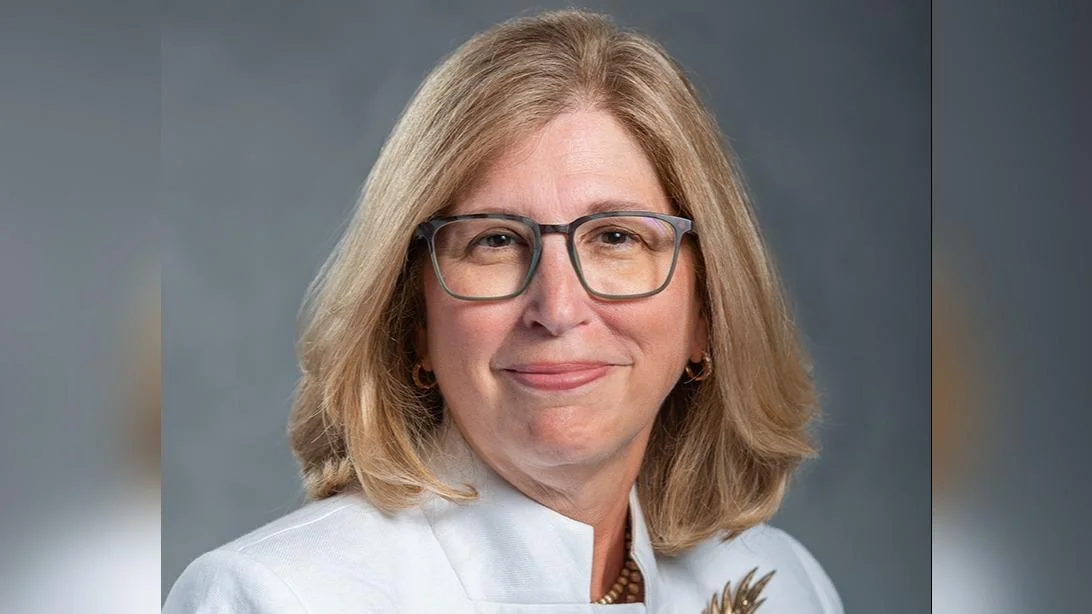Interim President Teresa K. Woodruff, Ph.D. | Michigan State University
Interim President Teresa K. Woodruff, Ph.D. | Michigan State University
Michigan State University (MSU) has announced several significant research findings this January. A range of studies, from astronomy to genetics, have emerged from the institution, showcasing diverse scientific inquiries and advancements.
Thomas Do, an astronomy graduate student at MSU, has developed a new model that predicts how particles accelerate under various circumstances. This model could enhance understanding of solar storms and their impact on space technology.
In another study, MSU researcher Dalton Hardisty participated in a Yale University-led project exploring Earth's early atmosphere. The study revealed that a conflict between iodine and oxygen delayed the formation of a stable ozone layer necessary for shielding complex life from ultraviolet radiation.
Two new truffle species were discovered by MSU researchers and their canine partners. Tuber canirevelatum was named in honor of Monza, the dog who found it with trainer Lois Martin. The second species, Tuber cumberlandense, was named after its discovery location on the Cumberland Plateau by Margaret Townsend and her dog Luca.
A study by MSU's Department of Human Development and Family Studies highlighted variability in sleep patterns among children of different racial and ethnic backgrounds. Notably, non-white and multiracial children showed more variability in sleep times.
In genetic research published in Nature Communications, MSU researchers identified a DNA variant linked to cleft palate risk. This finding distinguishes between risks for cleft lip and cleft palate, focusing solely on the latter.
For more information on these studies, visit msutoday.msu.edu.






 Alerts Sign-up
Alerts Sign-up